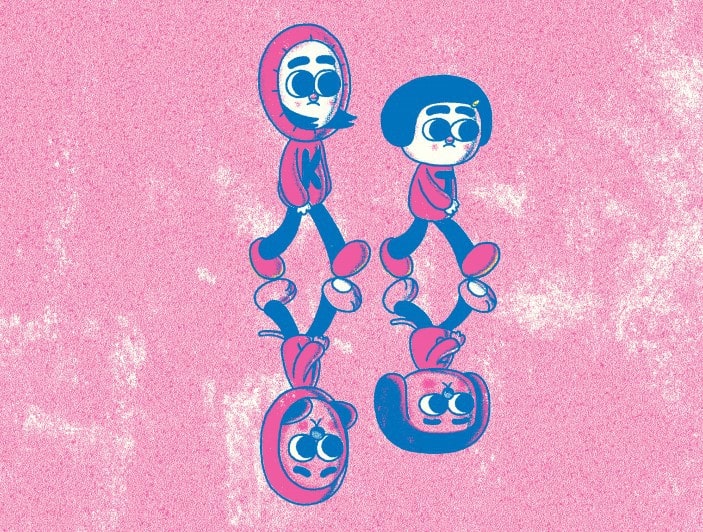“The Academy—a school the size of an island where students compete for ranks. Not only did Hiroto Shinohara pass the most rigorous exam in the country with top marks to transfer there, but he defeated last year's reigning champ on his very first day, catapulting him to the rank of Seven Star in record time. …Except he didn't. The truth is, he screwed up big time, and now he has to maintain his position there no matter what. It's a liar's world, after all!” (Yen Press)
“Liar, Liar” is a rather peculiar entry into the light novel genre. It hits many of the familiar beats and tropes one would expect in a fantasy genre that teases fan service on the front–the comedy, quirky characters, and action all feel familiar. Yet, the light novel manages to stand out by taking a mundane ‘battle system' and interjecting interest by focusing on cheating, with the methods that Hiroto and his team employ being vastly more interesting than the battles themselves.
Working in a system where students play games to increase their rank and prestige at school, the competitions boil down to very little more than slight games of chance or wit on the level of schoolyard games. Notably, the first volume presents slight variations on a staring contest, 100-meter dash, and ‘guess the number.' While these are heightened by skills the players can utilize based on their standing, the simplicity of the games is shockingly simplistic for a novel structured around a battle system.
This is where the concept of cheating comes in and adds enough intrigue to the games to illicit that excitement. Combine this with the pseudo-bravado of protagonist Hiroto to keep up the illusion that he is a high-ranking student and not a lucky dud of a competitor, and the otherwise mundane competitions become engrossing page-turners. If anything, “Liar, Liar” exemplifies how a simplistic approach can still make for an enjoyable fantasy/action-light novel.
Check also this video
Beyond the battles, the rest of the book is serviceable. The protagonist is interesting enough to hold the reader's attention, and the various girls surrounding him hit those desired notes of cute awkwardness so prevalent in the genre. However, the characters also do little to push past expectations, and “Liar, Liar” falls just short of excellence through the predictable personas that toe the line of expectations.
Konomi's art adds value to the book, particularly to those who come to it from a desire of wanting that sweet fan service. Typically, this approach feels cheap when fantasy elements are ignored in favor of bouncing bosoms. However, as the games depicted are overly simplistic, the focus on fan-service-centric illustrations seems apt. In addition, the book includes a two-sided pull-out poster featuring the two central girls, which marks an excellent addition for collectors.
“Liar, Liar” takes an intriguing approach to the fantasy/action genre and wins despite the simple games it portrays. At the same time, the light novel series offers little beyond the expected norms, making it both easily accessible and comfortable. Ultimately, “Liar, Liar” is an excellent choice to throw in the rotation for those who predominately read light novels. Still, it may not be the best introductory to the format or a series for those who primarily read manga.
















